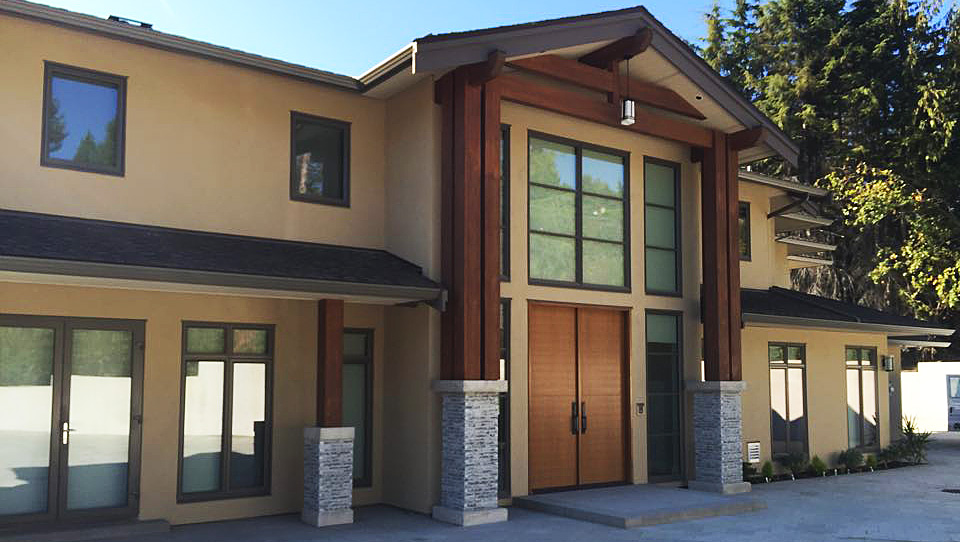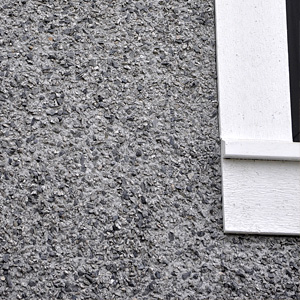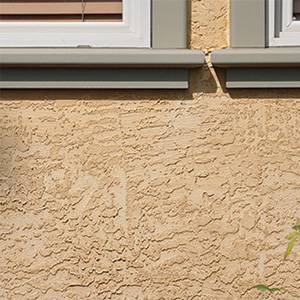
Stucco exteriors
High quality, long lasting stucco protection

Acrylic stucco
Gill&Sons Exterior Textures Inc.
This means they offer more choice, and a quality, long-lasting product that will go on looking impressive for decades.
The Vancouver area is famous for its rain, so we ensure our stucco will keep you warm and dry. We install rainscreen systems required by Lower Mainland municipalities – offering the choice between K Lath and WaterWay systems. We also provide rod and caulking to ensure stucco is fully sealed around doors, windows and other possible moisture entry points.
While some of our customers know the exact product and finish they want, many talk to us about the overall style they want to replicate. For example, a developer may ask for a 1960s appearance to fit into a street of that era, or a home owner may wish to replicate a Californian-look.
Talk to us about your vision - we have the experience to make it happen.
What are some of the options?
To understand your wide range of options, here is some background on how different types of stucco produce particular finishes:

Traditional stucco:
This is a mix of Portland cement, sand, water, lime and colouring and has been used for tens of thousands of years. There are literally hundreds of different finishes, but most commonly seen in the Lower Mainland are:
Wet dash: small, evenly-sized pebbles are mixed in with the stucco material, and then applied as the final coat. Different looks are created by applying varying depths of texture. Variants include pebble dash, bird’s-eye and slop dash, depending on depth.
Dry stone dash: clean pebbles, stone chips or pieces of shell are applied to the mortar as it is drying. There are various dry finishes, including bird’s-eye.
Smooth finishes: stucco is applied to the building, and then given finishes and designs as it sets. There are smooth-looking trowelled finishes, float finishes with a little more texture, or the stucco could be given a rough, rustic finish. Alternatively, the surface could be marked with geometric lines and shapes. These are the most challenging of all finishes – but we have the skills and experience.
Gilberto Rodrigues is IMASCO certified, which means our customers receive the warrantee on these products.

Acrylic/synthetic stucco:
Applied in the same fashion as traditional stucco, this post-war innovation uses a finishing layer of manufactured materials. It has a smoother look than traditional stucco, comes in a wider variety of colours, and is more crack resistant. Options include Outsulation, more accurately called Exterior Insulation and Finish Systems, which is created by applying stucco on top of foam insulating board. This is more commonly used on commercial buildings than residential settings. Acrylic stucco is given a range of smooth and semi-smooth finishes:
Choices include: float, a slightly textured finish with circular swirl marks; trowelling, which is completed after floating to create a smooth, dense finish; sand finish, in which sand is mixed in and then the drying stucco rubbed to bring the sand to the surface; scraped, combed and swirl finishes are as they sound. Tuscan, which is skip-trowelled to give it a finish typical of the northern Italian region of Tuscany, and, at the more textured end, there is lace, which is applied with a skipping motion to give it a more organic feel.
Acrylic stucco is generally used for darker colours, while traditional is better for patterns and deeper finishes, as it can be built-up further. Both are used throughout the Lower Mainland, being equally suited to our climate.